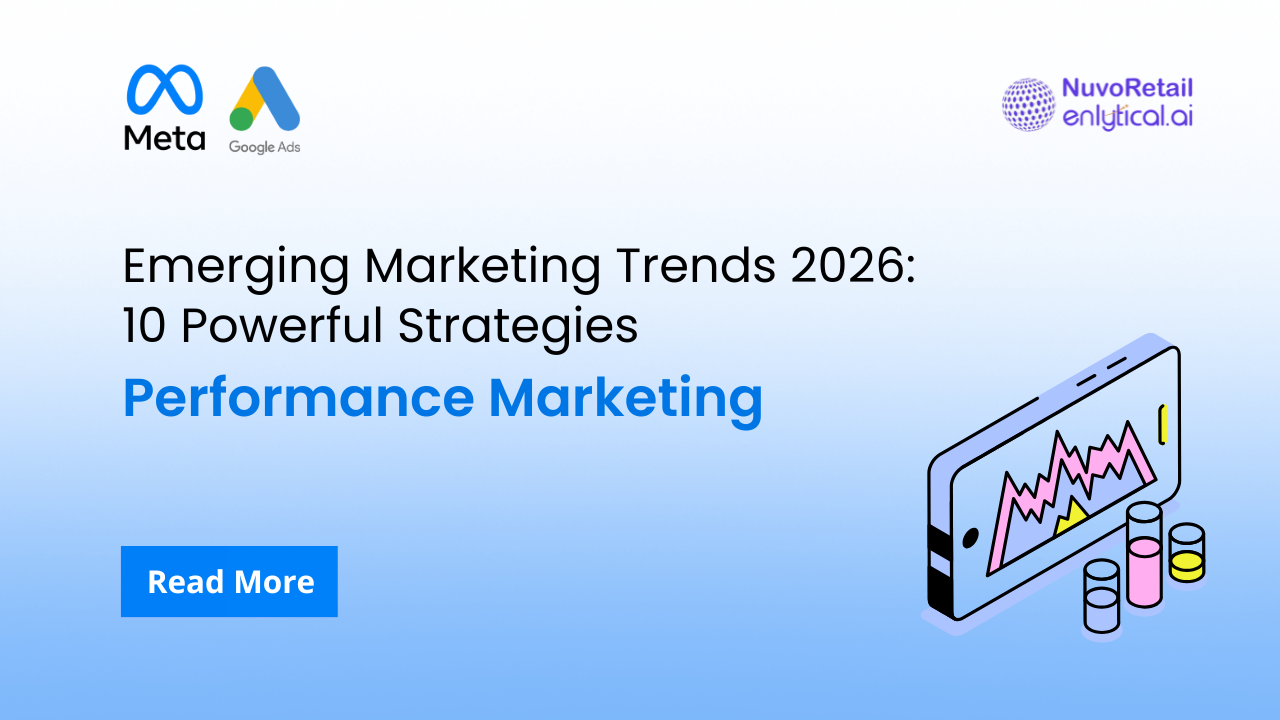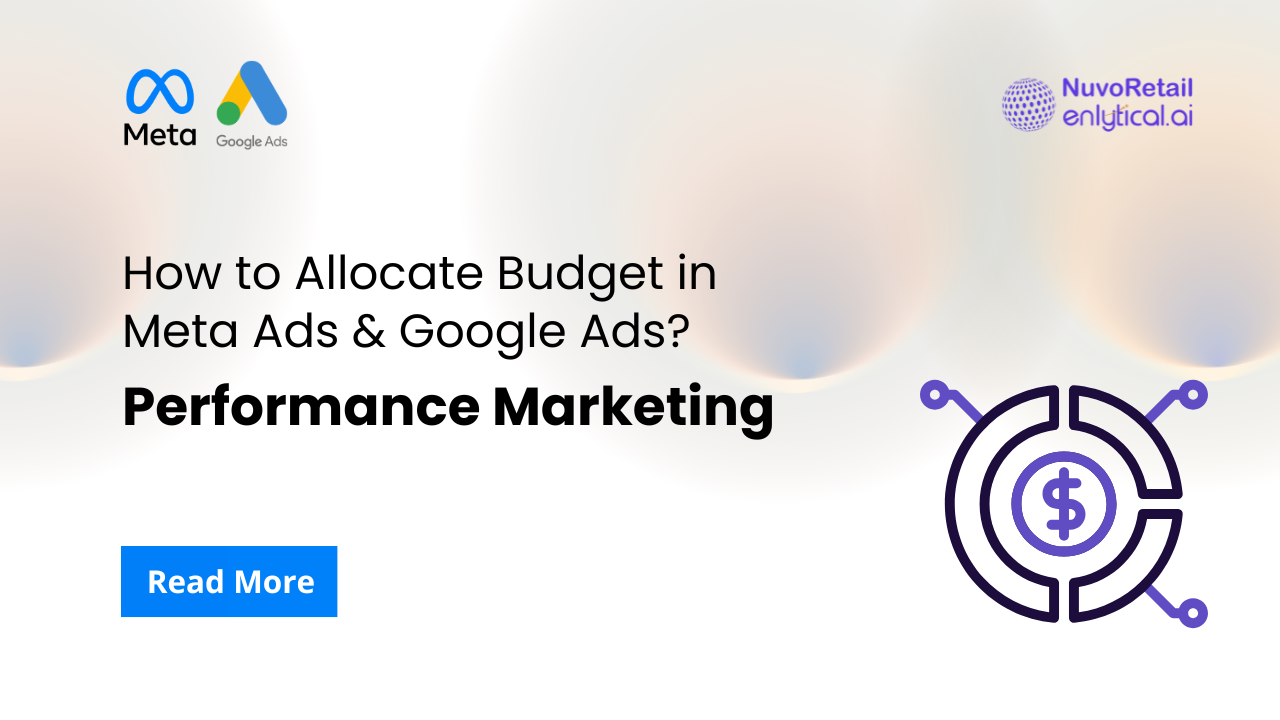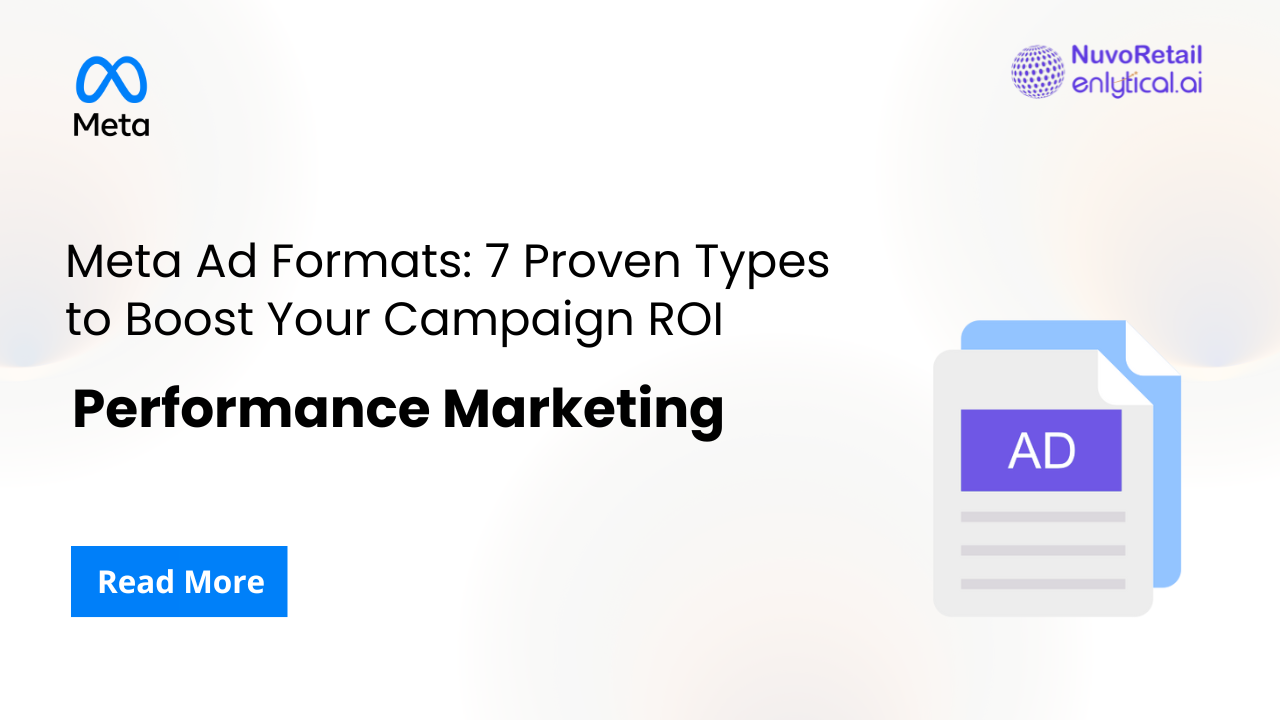In the competitive landscape of online business, maximizing sales and improving conversion rates are critical for success. Businesses increasingly recognize that effective marketing strategies can significantly impact their bottom line. One such strategy is retargeting, which allows businesses to reconnect with potential customers who have previously interacted with their brand.
Retargeting works by displaying ads to users who have visited your website or engaged with your content, reminding them of the products or services they viewed. This technique not only enhances brand recall but also increases the likelihood of conversion, as it targets users who are already familiar with your offerings.
To elevate your retargeting efforts, Meta Advantage+ offers a powerful solution.
By leveraging advanced audience segmentation and targeting capabilities, Meta Advantage+ enables businesses to create highly personalized ads that resonate with potential customers.
This guide will provide you with a comprehensive, step-by-step approach to setting up effective retargeting ads on Meta, ensuring you maximize your online sales.
Understanding Retargeting
Retargeting, also known as remarketing, is a digital marketing strategy that involves displaying targeted ads to users who have previously visited your website or engaged with your brand. This method works by placing a small piece of code, called a tracking pixel, on your website.
When users visit your site, the pixel collects data about their behavior, allowing you to serve relevant ads to them across various platforms, including social media and other websites.
The benefits of retargeting for online businesses include:
Increased Conversion Rates: By reminding users of products they viewed, retargeting encourages them to complete their purchase.
Enhanced Brand Recall: Frequent exposure to your brand keeps it top-of-mind for potential customers.
Cost-Effective Advertising: Retargeting typically has lower cost-per-click (CPC) compared to standard display ads, maximizing your ad spend.
By implementing a robust retargeting strategy, businesses can effectively re-engage potential customers and drive conversions, making it a critical component of any digital marketing campaign.
What is Meta Advantage+?
Meta Advantage+ is an advanced advertising solution provided by Meta (formerly Facebook) designed to enhance the effectiveness of your ad campaigns through automation and smart targeting. This tool streamlines the process of creating and managing ads, allowing businesses to focus on strategy rather than logistics.
The core features of Meta Advantage+ include:
Automated Ad Delivery: Automatically optimizes the delivery of your ads to reach the most relevant audience segments.
Dynamic Product Ads: Automatically showcases products from your catalog based on user behavior, ensuring that the right products are shown to the right people.
Audience Segmentation: Allows for the creation of specific audience segments based on user interactions, website visits, and engagement history.
Advanced Targeting Options: Utilizes machine learning to analyze user data and ensure that ads are displayed to users most likely to convert.
Using Meta Advantage+ for retargeting offers several benefits, including:
Improved Audience Engagement: By targeting users who have already shown interest in your products, you can significantly increase engagement and conversion rates.
Cost Efficiency: The automated nature of Meta Advantage+ helps optimize your ad spend, ensuring that your budget is used effectively to reach potential customers.
Enhanced Insights: Gain access to valuable analytics that help you understand audience behavior and refine your advertising strategies.
Step-by-Step Guide to Creating Your Retargeting Audience
Creating a Custom Audience: Custom audiences allow you to target users based on their interactions with your brand. Here’s how to create one:
In Ads Manager, select “Audiences” from the menu.
Click on “Create Audience” and select “Custom Audience”.
You can base your audience on:
Website Visitors: Include all visitors or those who visited specific pages.
Engagement: Target users who have engaged with your content on Facebook or Instagram.
Customer Lists: Upload a list of customer emails or phone numbers.
Follow the prompts to configure your audience, then click “Create Audience”.
Choosing Ad Formats: Meta offers various ad formats to suit your campaign needs. Here are some options:
Image Ads: Simple and effective for showcasing products.
Video Ads: Great for storytelling and demonstrating product usage.
Carousel Ads: Allows users to swipe through multiple images or videos
Dynamic Ads: Automatically show relevant products from your catalog to users based on their previous interactions.Choose the format that best aligns with your campaign goals and audience preferences.
Optimizing Ad Copy: Compelling ad copy is crucial for attracting your audience’s attention. Follow these tips:
Be Clear and Concise: Clearly state what you offer and the benefits to the user.
- Use Action-Oriented Language: Include call-to-action phrases like “Shop Now” or “Learn More” to encourage clicks.
- Incorporate Social Proof: Mention positive reviews or testimonials to build trust.
- Test Variations: Create multiple versions of your ad copy to see which resonates best with your audience.
Remember, the goal is to create an engaging ad that drives users to take action.
Tracking and Analyzing Campaign Performance
Tracking and analytics are fundamental components of successful retargeting campaigns. They enable you to measure the effectiveness of your ads, optimize your strategies, and ensure that your marketing efforts yield a positive return on investment (ROI).
By analyzing performance data, you can identify what works and what doesn’t, allowing you to make informed decisions to enhance your campaigns. Here are some key aspects of tracking and analyzing campaign performance:
Importance of Tracking and Analytics
Informed Decision-Making: Data-driven insights allow you to refine your targeting and adjust your ad spend effectively.
Performance Measurement: Identify which ads perform best, enabling you to allocate resources where they are most effective.
Optimization Opportunities: Continuous monitoring can reveal areas for improvement, such as ad copy adjustments or audience changes.
Tools and Metrics to Measure Success
Utilizing the right tools and metrics is crucial for evaluating the success of your retargeting campaign. Here are some essential metrics to track:
Click-Through Rate (CTR): The percentage of users who click on your ad after seeing it. A higher CTR indicates effective targeting and ad relevance.
Conversion Rate: The percentage of users who complete the desired action (e.g., purchase, sign-up) after clicking on your ad. High conversion rates indicate successful ad performance.
Cost Per Click (CPC): The amount spent on advertising divided by the number of clicks received. Monitoring CPC helps manage ad spend efficiently.
Return on Ad Spend (ROAS): The revenue generated for every rupee spent on advertising. This metric is critical for assessing overall campaign profitability.
Key Performance Indicators (KPIs) Comparison Table
|
KPI |
Importance |
|---|---|
|
Click-Through Rate (CTR) |
Indicates ad relevance and targeting accuracy. |
|
Conversion Rate |
Shows the effectiveness of the landing page and offer. |
|
Cost Per Click (CPC) |
Helps control and manage ad spend. |
|
Return on Ad Spend (ROAS) |
Essential for evaluating campaign profitability. |
By regularly tracking these metrics and analyzing your campaign performance, you can make data-driven adjustments that will maximize the effectiveness of your retargeting ads on Meta.
Retargeting Existing Customers
Targeting existing customers is a crucial strategy for maximizing sales and enhancing your overall marketing efforts. By focusing on those who have already engaged with your brand, you can increase customer lifetime value (CLV), foster loyalty, and drive repeat purchases.
The rationale behind retargeting existing customers is simple: acquiring new customers can cost five times more than retaining current ones. Furthermore, existing customers are more likely to convert, as they already have familiarity and trust in your brand.
Why Target Existing Customers?
Increased Customer Lifetime Value: Engaging with existing customers can lead to more purchases over time, significantly boosting your overall revenue.
Higher Conversion Rates: Customers who have previously purchased from you are more likely to respond positively to your ads.
Cost Efficiency: Retargeting existing customers often requires a lower ad spend compared to acquiring new customers, resulting in a better ROI.
Strategies for Creating Tailored Ads
To effectively retarget existing customers, consider the following strategies for creating tailored ads:
Personalized Recommendations: Use data from previous purchases to suggest related or complementary products. For example, if a customer bought running shoes, you might retarget them with ads for athletic apparel or accessories.
Exclusive Offers: Provide special discounts or early access to new products for returning customers. This can create a sense of exclusivity and appreciation, encouraging repeat business.
Win-Back Campaigns: Target customers who haven’t engaged with your brand in a while with specific ads designed to rekindle their interest. Highlight new products or changes in your offerings to entice them back.
Dynamic Ads: Utilize dynamic product ads that automatically show relevant products to customers based on their browsing history and past purchases.
Best Practices for Successful Retargeting Campaigns
To optimize your retargeting campaigns on Meta and ensure maximum effectiveness, it is essential to follow best practices tailored for your audience and goals. Below are essential tips for running successful retargeting campaigns:
Essential Tips for Optimizing Retargeting Campaigns
Frequency Capping: Limit the number of times your ads are shown to the same user to prevent ad fatigue. A good practice is to set a frequency cap of 3-5 impressions per week.
Audience Exclusions: Exclude audiences who have recently converted or engaged with your ads. This ensures that your budget focuses on users who still need convincing.
Segment Your Audiences: Create different audience segments based on user behavior, such as past purchases or pages visited. This allows you to create more personalized and relevant ads.
Dynamic Ads: Use dynamic product ads to automatically showcase products that users have viewed or added to their cart. This increases the chances of conversion by reminding users of their previous interest.
Utilize Engaging Ad Formats: Experiment with various ad formats, such as video ads or carousel ads, to determine which resonates best with your audience.
Common Pitfalls to Avoid in Retargeting
When executing retargeting campaigns, be mindful of the following common pitfalls:
Ignoring Ad Fatigue: Repeating the same ad too frequently can lead to ad fatigue, causing users to ignore your messages.
Overlooking Mobile Optimization: Ensure your ads are optimized for mobile devices, as a significant portion of users access social media via smartphones.
Failing to Update Audiences: Regularly refresh your audience lists to avoid targeting users who have already converted or lost interest.
Not Utilizing Retargeting Layers: Neglecting to layer different retargeting strategies (e.g., cart abandoners, product viewers) can limit the effectiveness of your campaigns.
Neglecting Performance Metrics: Failing to track and analyze key performance indicators (KPIs) can hinder your ability to understand your campaign’s effectiveness and make necessary adjustments.
By adhering to these best practices, you can enhance your retargeting campaigns and significantly improve your online sales performance on Meta.
Conclusion
In this article, we explored the crucial steps to effectively run retargeting ads on Meta and maximize your sales. We began by defining retargeting and its role in enhancing online conversions, followed by a detailed overview of how to utilize Meta Advantage+ to refine your ad campaigns.
Key points discussed include:
Understanding the Retargeting Process: We highlighted how retargeting works and the significant benefits it offers, such as increased conversion rates.
Setting Up Your Retargeting Audience: A step-by-step guide was provided to create custom audiences using Meta Ads Manager, ensuring your ads reach the right people.
Optimizing Ad Performance: We covered best practices for optimizing your campaigns, including A/B testing and avoiding common pitfalls.
Retargeting Existing Customers: The importance of targeting previous customers to enhance their lifetime value was emphasized.
Leveraging Meta Advantage+ is essential for effective retargeting. By utilizing its advanced targeting features, you can create more personalized and engaging ads that resonate with your audience.
We encourage you to implement these strategies to boost your online sales. Start today by setting up your retargeting campaigns and watch as your conversions increase.




